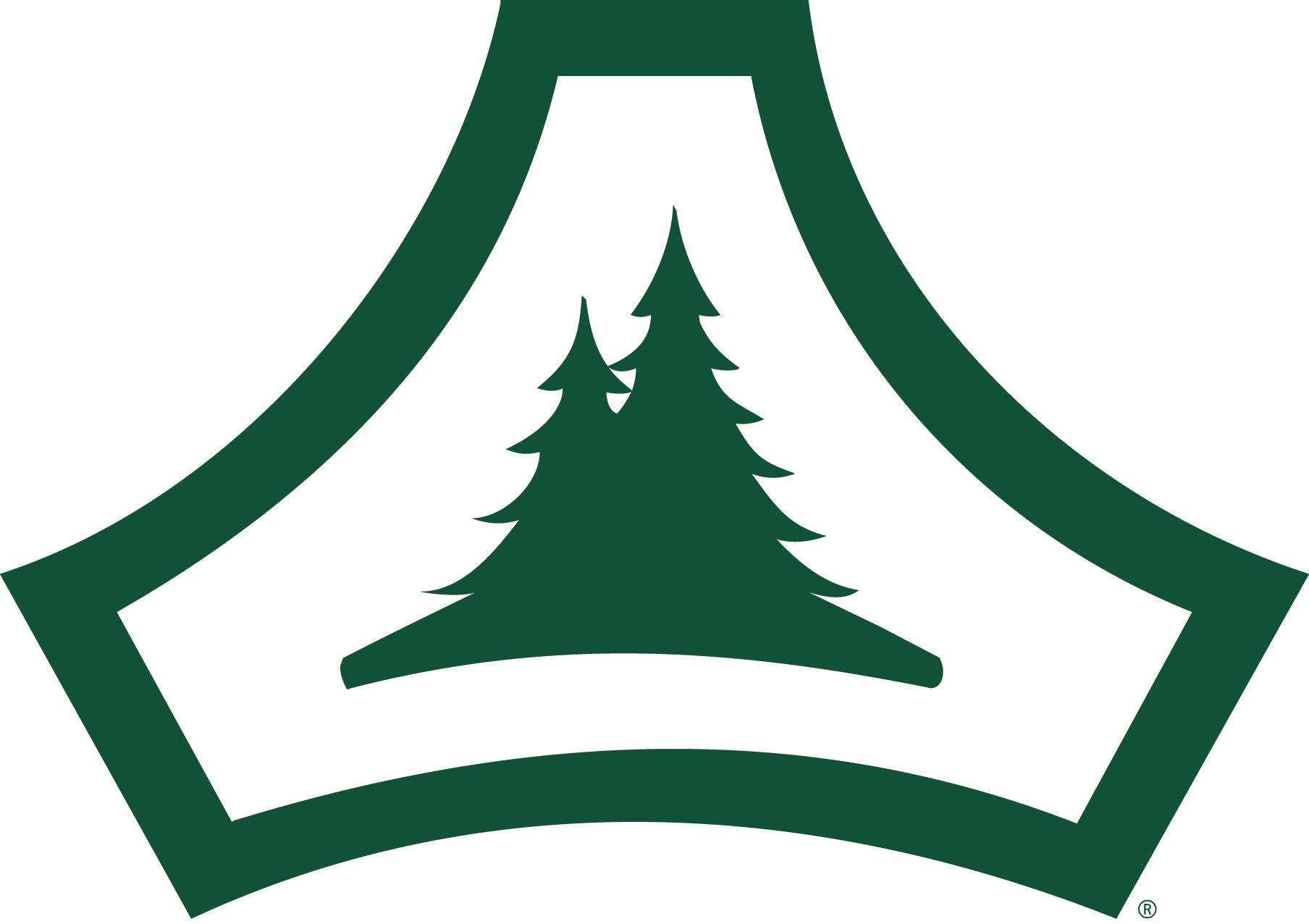Fort McCoy's mission is to strengthen Total Force Readiness by serving as a Training Center, Mobilization Force Generation Installation, and Strategic Support Area. As a Total Force Training Center, Fort McCoy's primary responsibility is to support the training and readiness of military personnel and units of all branches and components of America's armed forces. As a world-class installation, Fort McCoy's continuing goal is to provide excellent customer service and facilities and to enhance the quality of life for all who train, work, play, or live here.
State-of-the-Art Training Ranges and Facilities
Located in the heart of the upper Midwest, Fort McCoy is the only U.S. Army installation in Wisconsin. The installation has provided support and facilities for the field and classroom training of an annual average of more than 125,000 military personnel from all services each year since 1984. A record 155,975 service members trained at the post in fiscal year 2017.
The Fort McCoy complex is situated on 60,000 acres, 46,000 of which are contiguous live-fire and maneuver areas. The installation’s superb location, quality terrain, and four-season climate provide units with significant year-round training opportunities.
Fort McCoy provides reserve, National Guard, and active-component forces with the networked, integrated, interoperable training resources required to support the Army's training strategies using a full spectrum of facilities, ranges, and training areas.
The installation offers an environment for units to train on unified land operations across the range of military operations, allowing simultaneous conduct of individual- through brigade-level training, static live fire, maneuver live fire, and force-on-force in both urban and unimproved terrain.
During winter months, Fort McCoy currently offers the Cold Weather Operations Course (CWOC) (found in ATRRS). The CWOC is modeled after the Cold-Weather Leader Course taught by the Army Northern Warfare Training Center at Black Rapids, Alaska. During training, students learn about a wide range of cold-weather subjects, including cold-water immersion recovery, skiing and snowshoe training, how to use ahkio sleds and the Arctic 10-person cold-weather tent, and how to build improvised shelters. For each class, students start with classroom training and then move into various aspects of field training.
Year-round, Fort McCoy has 31 live-fire ranges, 17 of which are automated or instrumented; 21 artillery firing points; 12 mortar firing points; and an 8,000-acre impact area. Ranges supporting collective live-fire training include two multipurpose training ranges, a convoy live-fire range, an infantry platoon and squad battle course, three multipurpose machine-gun ranges, two live-fire shoot houses, and a live-fire breach facility.
Individual qualification ranges include facilities for modified record-fire, automated record-fire, and 10-meter/25-meter rifle zero range for open and optic sights, as well as a qualification training facility with modified record-fire and combat pistol/military police qualification-course capability.
To support urban training the post offers two fully instrumented urban training sites, a 25-building Combined Arms Collective Training Facility (CACTF), a 20-building Collective Training Facility, and three wireless instrumented Combat in the Cities facilities with a total of 309 buildings.
These co-located facilities provide an urban training area with a continuous 2.4-kilometer capability for mounted and dismounted urban training scenarios. An urban assault course and two live-fire shoot houses round out the urban training capability.
Seven training areas were constructed to provide rural training capability. These include walled farm villages with planted crops; one is instrumented with wireless technology.
Specialized training sites include an Unmanned Aerial Systems strip; a semi-improved airstrip with a Seizure/Forced-Entry training site; a Search/Site Exploitation Facility; two tunnel systems; an engineer water-bridging site; and two wireless, instrumented Home Station Training Lanes (HSTL). Each 8-kilometer HSTL includes overpasses, bridges, canals, six urban villages, traffic circles, guard rails, culverts, and divided roadways.
Looking to the future, Fort McCoy is prepared to meet the training needs of the Army in the 21st century.
Training Coordination
To take advantage of Fort McCoy’s excellent training facilities, coordinate training for your unit by visiting the Directorate of Plans, Training, Mobilization and Security training coordination page.




